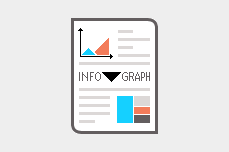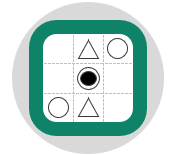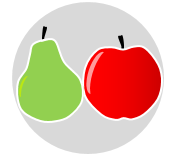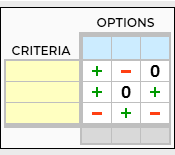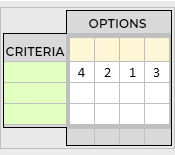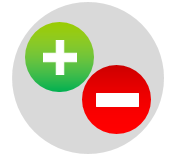
Also known as Pugh Method, Decision Matrix, and Criteria Based Matrix.
Variants include Solution Desirability Matrix and Pairwise Comparison Matrix.
The Pugh Matrix is a decision-making method used to compare and select the optimal choice from a set of alternatives. This method helps determining which alternative is more valuable than the others based on predefined criteria. It is a form of prioritization matrix in which the candidate alternatives are compared against a reference or standard. This reference or standard can be either the existing solution, a future goal, or a benchmark to be reached in the future.
A common example of using the Pugh matrix is when making design decisions by design engineers or product designers to evaluate multiple design concepts during the product development cycle. It helps them to compare and evaluate multiple designs with respect to customer requirements as the criteria. Besides product design, it can be used in decisions like investments, vendor selection, and project initiation. It is also used when improving or redesigning processes to select the solution that will achieve the best performance results.
Developing a comprehensive list of evaluation criteria is the first step before evaluating the candidate alternatives. Optionally, each criterion can be assigned a weighted value to indicate its perceived importance. The more important the criteria, the higher the weight it can be. The determination of evaluation criteria and their associated weights can be the result of team and expert collaboration in a dedicated session, taking into account the voice of the customer.
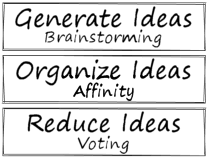
After developing the evaluation criteria, the team has to work through the matrix and determine how each alternative is compared with the baseline solution, employing a system of positives and negatives. Final scores are calculated by summing the weighted scores for each alternative. The selection of the best alternative is then made based on the obtained scores. Typically, the best alternative is the one with the most pluses and the fewest minuses. Further solutions can be developed by combining positive aspects from multiple options.
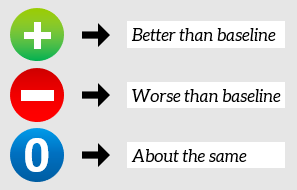

Constructing and Using the Pugh Matrix
Conducting a Pugh matrix exercise is most effective when done collaboratively within a team. It is important, however, to include people with enough knowledge of the situation to avoid missing critical factors. The following steps describe how to construct and apply the Pugh matrix.
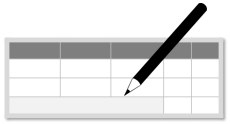
- With your team, clearly explain the purpose for constructing the Pugh matrix.
- Prepare the list of candidate alternatives and identify the relevant evaluation criteria.
- Draw a table, then place the evaluation criteria in the left-hand column and the candidate alternatives in the top row.
- Select a baseline solution or benchmark to be used as the standard for comparison.
- Ask the team to indicate how the baseline solution is compared with each of the alternatives by placing a plus, minus, or zero.
- Notice the highest score solution, the one with the most pluses and the fewest minuses.
- Look for opportunities to combine the best aspects of different solutions.
Example
Presented below is an illustrative example of a Pugh matrix created to select the best concept from among three candidate alternatives.
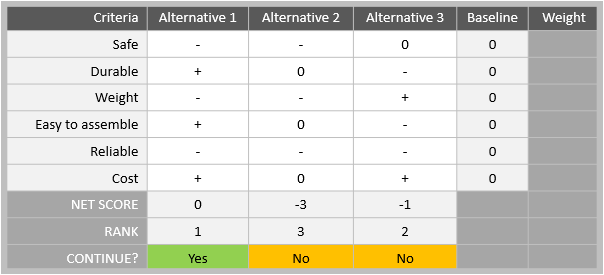
The following is the same example after the application of a weighting factor.


There are many tools that can help in selecting the best solution from a set of alternatives. One of the simplest and most straightforward ways is to use this Pugh matrix MS Excel template.
Wrapping Up
The Pugh matrix is a decision-making tool used to compare and select the best option among alternatives. It simplifies decision-making by allowing for systematic evaluation, making it a valuable asset in product design, project selection, and process improvement. One advantage of this method is that it does not require a great amount of quantitative data. Additionally, subjective opinions about one alternative versus another can be made more objective.
Other Formats
Do you want to use the slides in your training courses?

Pugh Matrix Training Material – $14.85
Related Articles
Related Templates


